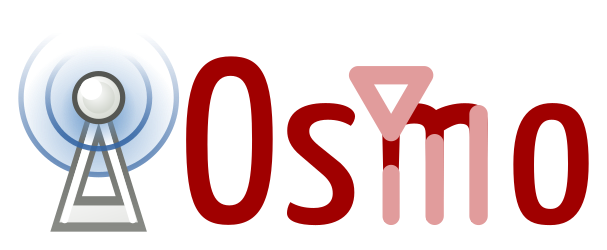When setting up the timeslots on the TRX for each BTS on your BSC, you’ll notice you have to set a channel type.
So what do these acronyms mean, and how do they affect the performance of the network?
GSM channels break down into one of to categories, control channels – used for signalling, and traffic channels, used for carrying information to/from a user.
A network with only control channels wouldn’t allow a call to be made, as there would be no traffic channels to carry the audio of the call,
Conversely a network with only traffic channels would have plenty of capacity for calls, but without a control channel would have no way of setting them up.
Traffic Channels
Traffic channels break down into a further two categories, voice channels for carrying call audio, and data channels for carrying GPRS data.
Traffic Channels for Voice
There’s a few variants of voice channel based on the codec used for encoding the voice data, the more compressed / small the audio signal is, the more you can cram in per channel, at the sacrifice of voice quality.
Common options are Traffic Channel – Full Rate (TCH/F), & Traffic Channel – Half Rate (TCH/F) channels.
Traffic Channels for Data
When GPRS was introduced it needed to be transported on a traffic channel, but unlike a voice channel, the resources weren’t going to be used 100% of the time (like in a voice call) and could be shared on an as-needed basis.
Data channels are also also broken down into full rate and half rate channels, like Traffic Channel – Full Rate (TCH/F), & Traffic Channel – Half Rate (TCH/F) channels.
Control Channels
Control channels carry the out of band signalling between the Phone and the BTS.
Broadcast Channels
Broadcast Channels are by their very nature – Broadcasted, this means every phone on the BTS gets these messages.
There are 3 broadcast channels, the FCCH for frequency corrections, SCH for synchronisation and BCCH for a common channel that transmits information to all phones, containing info on the network such as the PLMN, neighbouring cells, etc.
Common Channels
The PCH – Paging Channel, is used to page phones in idle mode. All phones will listen on the paging channel, and if they hear their identifier will establish a connection back to the network.
RACH the Random Access Control Channel is used for when the phone wants to establish a connection with the network, by picking a random timeslot to transmit it’s data on the RACH.
The ACGC is the Access Grant Channel, containing information about dedicated channels to be assigned to phones.
Dedicated Control Channels
Like dedicated traffic channels, dedicated channels are only in use by one phone at a time.
The SDCCH is the standalone dedicated control channel, over which location updates, SMS, authentication & call setup / teardown signalling is transferred.
The SACCH – slow Associated Control Channel is used for timing advance (when users are further from the BTS timing advances are needed to ensure propogation time is taken into account), power control information, signaling data and radio measurements.
Finally the FACCH – Fast Associated Control is used for transferring larger messages such as for handover information,

Small typo, I think the half rate GSM channel should be (TCH/H).